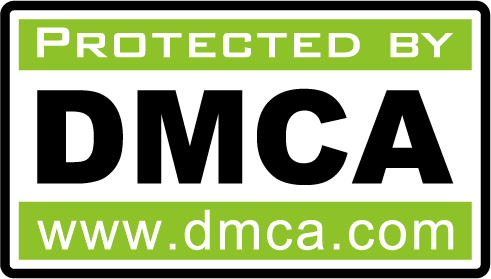To
inspect a QJ bearing, which is a type of four-point contact ball bearing
commonly used in applications requiring high radial and axial loads, you should
follow a systematic process to ensure its condition and determine if it can be
reused. Here are the steps to inspect a QJ bearing:
- Initial Inspection:
- Begin by recording the
appearance of the QJ bearing and checking the amount and condition of the
residual lubricant.
- Clean the bearing using an
appropriate cleaning solution such as light oil or kerosene. Ensure that
the cleaning solution effectively removes any lubricant and deposits from
the bearing.
- Preliminary Cleaning:
- Dismount the QJ bearing and
give it a preliminary cleaning using an oil bath. Use a soft brush or
similar tool to remove initial contaminants from the bearing.
- Avoid rotating the bearing
with foreign matter present, as this can damage the raceways.
- Finishing Rinse:
- After rough cleaning,
perform a finishing rinse by rotating the QJ bearing while keeping it
immersed in rinsing oil. This step ensures thorough cleaning of the
bearing surfaces.
- Always keep the rinsing oil
clean to prevent recontamination of the bearing.
- Examination Process:
- Once cleaned, carefully
examine the condition of the QJ bearing raceways, external surfaces, cage
wear, internal clearance, and tolerances.
- Check for any damage,
abnormalities, or signs that may indicate whether the bearing can be
reused.
- Specific Checks for QJ
Bearings:
- For QJ bearings, which are
separable bearings with four points of contact, individually examine
their rolling elements and outer ring raceway.
- Ensure that each component
is in good condition without cracks, flaking, significant wear, or other
issues that would prevent reuse.
- Final Assessment:
- Consider factors such as
degree of wear, machine function, importance of the bearing in operation,
operating conditions, and time until next inspection when determining
whether to reuse the QJ bearing.
- If any critical issues like
cracks, flaking, significant wear, rust, heat damage, or other listed
abnormalities are present, replacement rather than reuse is necessary.
By
following these steps and conducting a thorough inspection based on these
guidelines specific to QJ bearings, you can assess the condition of your
bearings accurately and make informed decisions regarding their reuse.










